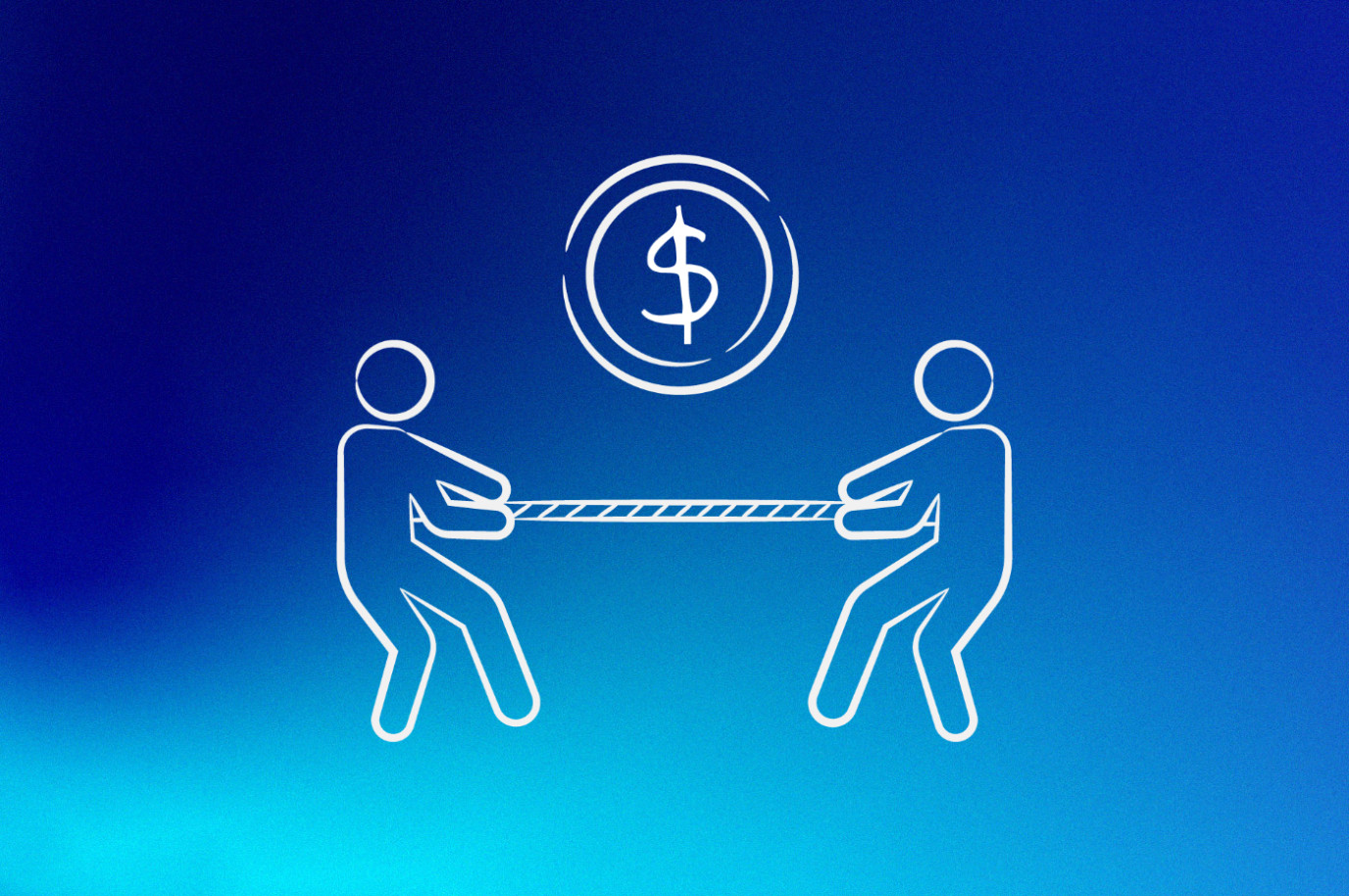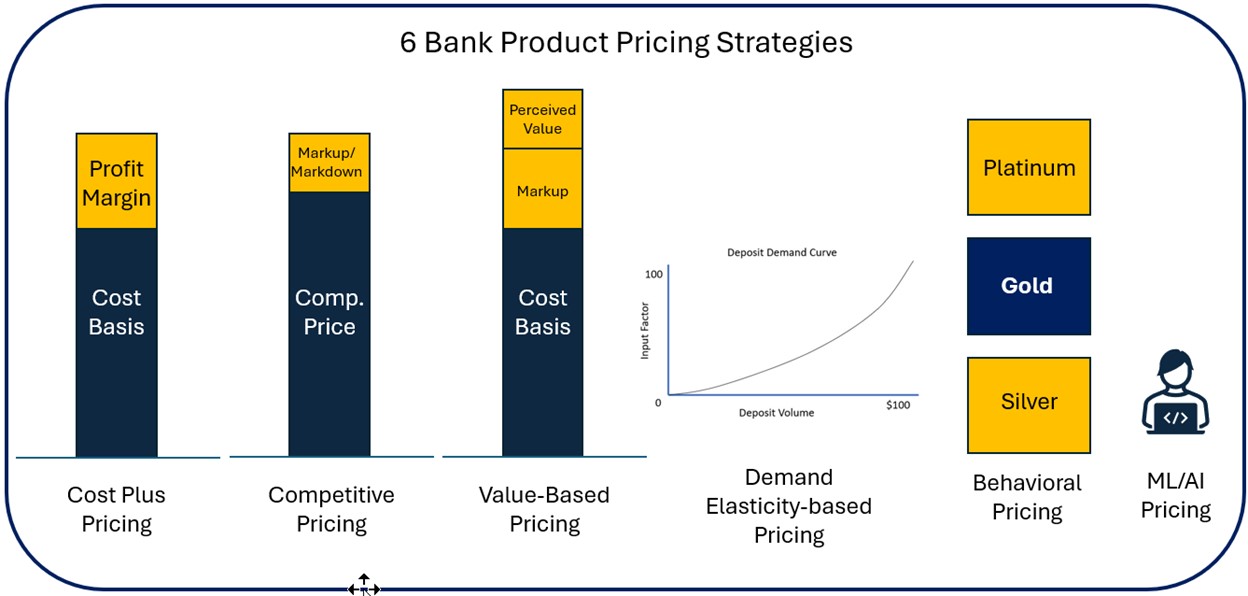Just How a Strong Pricing Strategy Can Increase Customer Commitment and Retention
Just How a Strong Pricing Strategy Can Increase Customer Commitment and Retention
Blog Article
Leading Rates Approaches to Drive Sales and Client Loyalty
Techniques such as mental rates, value-based rates, and vibrant pricing not just influence purchase habits yet additionally grow long-lasting partnerships with consumers. As we discover these approaches in even more information, it ends up being evident that recognizing the nuances of rates can considerably influence a service's lower line and client retention rates.
Emotional Prices Methods

One more reliable method is cost anchoring, which includes offering a higher-priced thing along with a lower-priced option. This contrast can alter consumer perception, making the lower-priced thing look like a deal. Additionally, bundled rates-- providing multiple products at a solitary cost-- can evoke a sense of savings and motivate customers to acquire even more than they initially intended.
Scarcity and urgency are likewise essential mental triggers; limited-time deals or low-stock notifications can motivate immediate acquisitions. By comprehending and using these psychological rates methods, companies can successfully customize their prices techniques to line up with customer psychology, thus promoting and driving sales brand commitment in a competitive industry.
Value-Based Pricing Technique
A value-based rates technique concentrates on establishing prices mostly based upon the perceived value a services or product offers to customers, instead of entirely on production prices or competitor pricing. This approach calls for a deep understanding of client requirements, preferences, and the one-of-a-kind benefits that an item provides. By straightening rate with the value viewed by clients, services can boost consumer contentment and loyalty.
Applying a value-based rates approach entails performing thorough market study to determine customer assumptions and readiness to pay. Business should recognize the crucial differentiators of their offerings and express these advantages successfully. This strategy can result in higher revenue margins, as it enables businesses to record a portion of the worth they create for their customers.
Moreover, a value-based rates method encourages continual improvement and technology, as companies make every effort to boost the viewed worth of their products. By cultivating a solid link in between pricing and worth, companies can differentiate themselves in open markets and build resilient partnerships with consumers. Inevitably, this strategy not just drives sales however likewise cultivates customer loyalty, placing the brand name favorably in the eyes of consumers.
Dynamic Pricing Approaches
Dynamic prices methods take advantage of real-time data and market problems to readjust costs based upon demand changes, consumer actions, and competitive actions. This method allows organizations to optimize earnings by setting costs that show current market characteristics. For example, airlines and resorts often utilize vibrant prices to handle supply and maximize profits, readjusting prices based upon variables such as seasonality, scheduling patterns, and competitor pricing.
Among the main advantages of dynamic prices is its capability to boost responsiveness. By analyzing information from numerous resources, business can rapidly react to modifications in demand, ensuring that costs continue to be competitive. Furthermore, this approach can help organizations determine rate flexibility, enabling them to determine the optimal cost factor that balances client acquisition and earnings.
However, executing dynamic rates needs mindful consideration of customer perceptions and possible reaction. Inevitably, when carried out thoughtfully, dynamic pricing can lead to increased sales, improved customer contentment, and enhanced competitive benefit in the marketplace.
Subscription and Subscription Models
As services seek innovative prices approaches to drive sales, membership and membership designs have actually obtained importance as an engaging alternative. These models provide a continuous profits stream, permitting firms to forecast capital while fostering customer commitment. By giving access to exclusive material, items, or solutions, services can develop a sense of worth that urges ongoing interaction.
Among the essential advantages of membership models is their capability to build lasting connections with consumers. This technique not only boosts customer retention yet also reduces acquisition expenses with Extra resources time. Members really feel bought the brand name, leading to increased life time worth and an extra secure revenue base.
Furthermore, registration and subscription designs can be customized to fulfill the details needs of various customer segments. Tiered prices frameworks permit businesses to accommodate different choices and budgets, accommodating a broader audience. This versatility can drive client acquisition while optimizing productivity.
In a digital age where convenience and personalization are vital, registration and membership models provide a tactical avenue for services to separate themselves - Pricing Strategy. By utilizing these methods, companies can not just improve sales however additionally grow a loyal client base that champs their brand
Bundle Pricing Supplies
Bundle prices offers have actually emerged as an efficient method for organizations wanting to improve sales and bring in new consumers. By integrating numerous services or products right into a solitary plan, companies can develop perceived value that encourages customers to make larger purchases. This approach not only simplifies the buying procedure but also enhances the likelihood of cross-selling products that consumers may not have actually initially taken into consideration.
As an example, a telecom firm might pack phone, tv, and web solutions at an affordable price, offering a compelling reward for customers to select the package over private plans. This strategy not just improves instant sales but likewise promotes client commitment, as consumers are most likely to stay with a company that fulfills several needs.
In addition, bundle pricing can aid services manage stock better by encouraging the sale of slower-moving things together with prominent products. It is vital to guarantee that the packed offering stays cost-effective and eye-catching. Organizations need to routinely evaluate their bundle pricing strategies to adjust to market trends and customer choices, guaranteeing they continue to supply value while accomplishing read review their sales goals.
Final Thought
Mental prices methods, value-based prices, dynamic rates, subscription models, and bundle supplies jointly produce a durable framework for businesses. Ultimately, a well-executed pricing approach lines up with client demands and choices, contributing to continual service success in a competitive marketplace.
Strategies such as mental rates, value-based prices, and vibrant pricing not just influence acquisition habits but also grow long-term connections with customers.A value-based rates strategy focuses on establishing prices primarily based on the perceived value a product or service offers to consumers, rather than exclusively on manufacturing costs or competitor pricing. Airline companies and resorts often utilize pop over here dynamic rates to manage inventory and make best use of earnings, adjusting prices based on variables such as seasonality, reserving patterns, and competitor prices.

Report this page